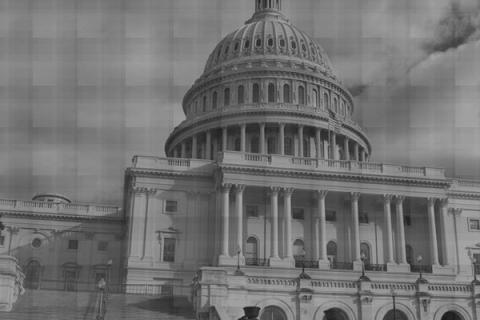Take-out isn't over in Oakland.
Fast-food empires haven't fallen in Albany.
And doggie bags still do just fine in San Francisco.
That's despite all the predictions of doom, including a theory that prohibiting polystyrene would actually make pollution worse, that's come as cities across the state have banned the stuff that carry-out food often is packaged in.
Get ready for more of the same as Foam Fight 2009 hits. It kicked a couple of weeks ago in Monterey, when Lt. Gov. John Garamendi visited there to congratulate three communities for their efforts to curb the use of Styrofoam and other plastic food packaging.
"Everyone knows the three Rs of environmental protection -- reduce, reuse, and recycle," Garamendi said in a news release. "Styrofoam is difficult to reduce, even more difficult to recycle, and almost impossible to reuse. It's time all California communities joined Monterey, Pacific Grove, Carmel, and more than 20 other cities and counties in the state in seeking less environmentally destructive food and beverage containers."
Statewide, the restrictions have ranged from an out-right ban -- including for grocery stores -- in Albany to prohibiting its use in city facilities in Los Angeles.
Though no statewide legislation has been introduced this session, a news release from Garamendi says Assembly Democrats Jerry Hill of San Mateo and Pedro Nava of Santa Barbara plan to introduce a bill.
Last year's version - Assembly Bill 904 sponsored by Democrats Mike Feuer of Los Angeles, Mark Leno of San Francisco, Betty Karnette of Long Beach and Paul Krekorian of Burbank - passed the Assembly by an easy margin but died in committee in the Senate.
That bill pretty much followed San Francisco's approach, banning polystyrene in restaurants but not grocery stores.
Restaurants hate the idea, claiming that banning polystyrene is expensive and banning it won't end littering.
Littering isn't the only problem with polystyrene -- the stuff commonly used in food packaging such as clear plastic cups, trays andclamshells , plus Styrofoam. The other issues are that it simply doesn't rot and the state has no significant recycling capabilities, according to a November report by the California Ocean Protection Council.
Meanwhile, Californians use 165,000 tons of polystyrene each year for packaging and food service purposes alone, the report continued. In 1999, an estimated 300,000 tons of polystyrene was disposed of in landfills, with a total disposal cost of $30 million, the council said.
And if you think disposal costs are steep now, look at the costs on down the road of burying it - millions to build a landfill, sometimes billions to close one.
According an analysis of last year's bill by MB Public Affairs Inc, a paper cup would cost two cents more than
Styrofoam. Compared to millions or billions, that seems like, well, mere pennies. Even a law requiring a biodegradable cup -- which last year's bill did not -- would mean only seven cents more. The difference between a foam tray and a biodegradable one: 14 cents.
The gaping hole in last year's bill was that it let grocery stores off the hook for no real good reason other than the $193,112 in political contributions last year from the California Grocers Association.
The grocers got an even better deal in last year's Assembly Bill 2979, which would have let them to charge 25 cents for plastic bags they're now providing for free. Plus grocers would have been allowed to keep a bulk of that revenue to pay for "waste reduction programs," according to a Senate committee analysis of the bill.
Unlike the bag bill, though, past polystyrene legislation hasn't included the consumer gouge component.
Sure, eateries will pass the costs along to customers, just as they increase their prices every time the minimum wage goes up.
Either way, though, customers will wind up paying. The costs will either come up front with the cup of coffee or down the road in cleanup and landfill expenses.
